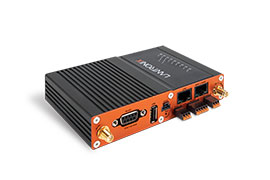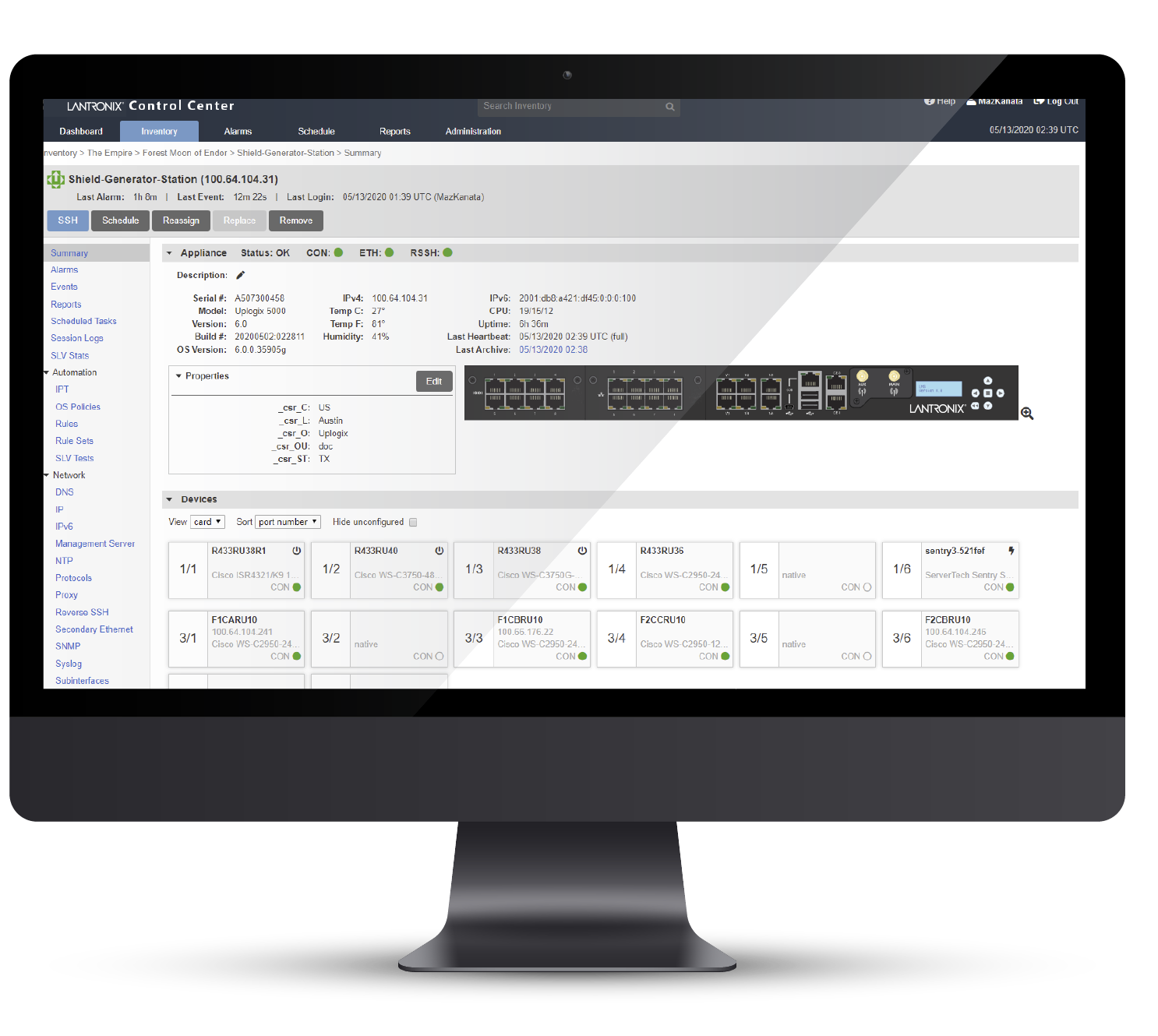CGETF100 Gigabit Ethernet Twisted Pair to Fiber
| Parameter | Associated MIB variable | Description |
| BIA | cgetf100BiaIndex(1) | See BIA and Slot |
| Slot | cgetf100SlotIndex(2) | See BIA and Slot |
| Group Membership | cgetf100Groups(3) | See Configuration Management |
| Marketing Revision | cgetf100MRevision(4) | Marketing Revision |
| Config Match | cgetf100CfgMatch(5) | Configuration Management match? |
| Serial Number | cgetf100SerialNumber(6) | Serial Number reported by hardware |
| Fiber Connector | cgetf100ConnA(7) | Connector Type reported by device |
| Copper Connector | cgetf100ConnB(8) | Connector Type reported by device |
| TP Link | cgetf100TPLink(9) | Link status of Twisted Pair Port |
| Fiber Link | cgetf100FiberLink(10) | Link status of Fiber Port |
| Fault | cgetf100Fault(11) | Fault status |
| Enabled | cgetf100Enabled(12) | Enabled |
| Pause Advertising | cgetf100Pause(13) | Enable/Disable control for the advertising of Pause capability on the copper interface. This MIB variable is retained for compatibility with older applications and firmware. If you have a current version of the CGETF100 device (which supports asymmetric pause), you should both read and write the MIB variable cgetf100PauseType(21) for complete monitoring and control of pause capability advertising. If you are using a current Transition Networks application, this is automatic.On all versions of the CGETF100 device, this MIB variable can be used to enable and disable advertising of symmetric pause. For current versions of the CGETF100, this variable reads enabled(1) any timeany type of pause is enabled, and forces cgetf100PauseType(21) to symmetric(1)when changed from disabled(2) to enabled(1).On new versions of the CGETF100 device, when cgetf100FiberAutoNegot(19) has the value enabled(1), this variable takes on the read-only value enabled(1). |
| Link Passthrough | cgetf100LinkPassThrough(14) | Link Passthrough. On some versions of this device, when cgetf100FiberAutoNegot(19) has the valueenabled(1), this variable returns the read-only value enabled(1). |
| Copper Duplex | cgetf100FullDuplex(15) | Duplex |
| TP Clock Master | cgetf100ClockMaster(16) | When yes(1), the converter is supplying clock to the twisted pair. When no(2), the remote supplies the clock. |
| Configuration Mode | cgetf100ConfigMode(17) | Configuration Mode |
| Copper Cable Length | cgetf100TPLength(18) | Twisted-pair length estimated via the converter’s internal Time Domain Reflectometer. 1 means less than 50 meters, 2 means 50 to 80 meters, 3 means 80 to 110 meters, 4 means 110 to 140 meters, and 5 means more than 140 meters. |
| Autonegotiation | cgetf100FiberAutoNegot(19) | Autonegotiation configuration. |
| Cache Clean | cgetf100CacheClean(20) | Configuration changes pending? |
| Pause Advertising | cgetf100PauseType(21) | Enable/Disable control for the advertising of Pause capability on the copper interface. This MIB variable is only functional on CGETF100 devices that support asymmetric pause (i.e. current versions). If your CGETF100 does not support asymmetric pause, this variable will return the read-only value notApplicable(5)regardless of any other factors.On current CGETF100 devices, selectable values for this variable are symmetric(1), asymRX(2) (asymmetric, pause frames flow towards the converter),asymTX(3) (asymmetric, pause frames flow towards the link partner), anddisabled(4).Note: Changing cgetf100PauseType(21) to disabled(4) causes cgetf100Pause(13)to take on the value disabled(2). Changing cgetf100PauseType(21) to any selectable value other than disabled(4) causes cgetf100Pause(13) to take on the value enabled(1).If cgetf100FiberAutoNegot(19) has the value enabled(1), then this variable returns the read-only value all(10), which indicates that all advertised modes received from the twisted pair link partner are reflected back to the link partner.Otherwise, if cgetf100ConfigMode(17) has the value hardware(2), one of the following read-only values will be returned: symmetricRO(6) or disabledRO(9). The read-only values asymRXRO(7) and asymTXRO(8) are defined for future expansion. |











